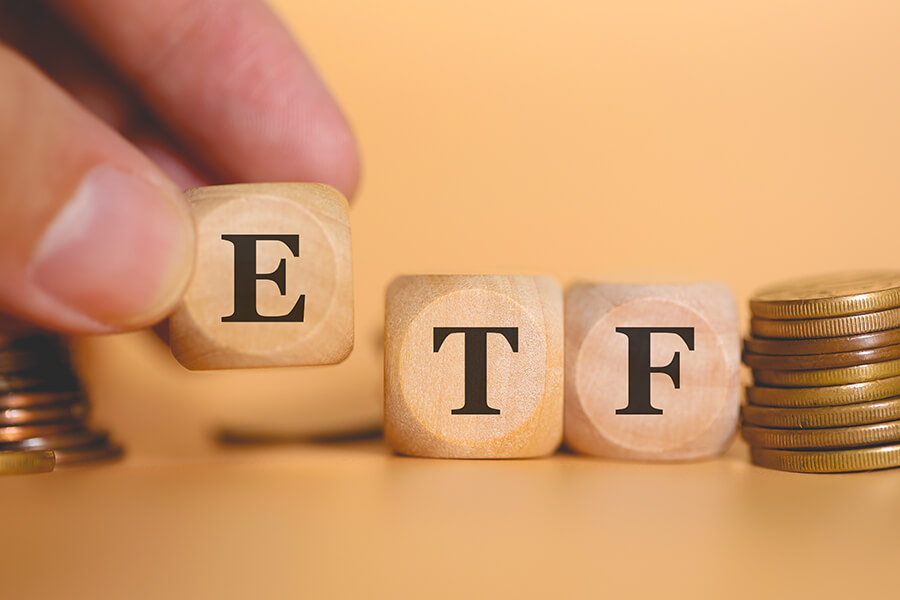Investment Funds and ETFs: Advantages, Disadvantages, and Strategies for Choosing the Right Products
Investment funds and ETFs (Exchange-Traded Funds) are the two main tools used by investors to diversify their portfolio and achieve their financial goals. Each has its own advantages and disadvantages, as well as selection strategies that can be useful when making investment decisions.
Advantages of investment funds:
- Diversification: Funds offer exposure to a wide range of assets, allowing investors to reduce the risk associated with investing in individual securities.
- Professional management: Fund managers have professional knowledge and experience that enables them to make informed investment decisions.
- Liquidity: Most investment funds offer liquidity, which is the ability to buy and sell stocks at any time at the current market price.
- Simplicity: Investing in funds is quite simple, you just need to open an account with a management company and deposit the required amount.
Disadvantages of investment funds:
- Management fees: Investors usually pay fund management fees, which can reduce their returns.
- Lack of control: Investors have no control over the specific assets in which their funds are invested.
- Risk of not meeting expectations: Investors may be disappointed if the fund's performance does not meet their expectations or objectives.
Advantages of ETFs:
- Low costs: Most ETFs have low management fees, making them attractive to investors looking to minimize costs.
- Tradability: ETFs are traded on an exchange, allowing investors to buy and sell stocks during the trading day at the current market price.
- Transparency: The structure of an ETF typically provides transparency about the composition of the portfolio, allowing investors to know exactly what they are investing in.
Disadvantages of ETFs:
- Diversification restrictions: Some ETFs may have diversification restrictions or concentrate on certain industries or markets.
- Cost of trading: While ETF trading fees are usually low, frequent trades can result in the accumulation of minor expenses.
- Difficulty to choose: There are many ETFs out there, and choosing the right one can be a daunting task for an investor.
Strategies for choosing the right investment products:
- Defining Goals and Risk Level: An investor must determine their goals and risk level in order to select the right products.
- Market research: An investor should research various investment funds and ETFs, as well as their past performance and characteristics.
- Fee and Expense Analysis: The investor should consider management and trading fees, as well as other costs associated with the chosen product.
- Diversification: It is recommended to choose several different investment products to diversify your portfolio and reduce risk.
- Monitoring and rebalancing: An investor should regularly monitor their portfolio and, if necessary, rebalance it to meet changing goals and market conditions.
Ultimately, the choice between investment funds and ETFs depends on the individual goals, preferences, and comfort level of the investor. Understanding the advantages and disadvantages of each of these tools, as well as proper market analysis, will help an investor make an informed decision and build a successful investment portfolio.











